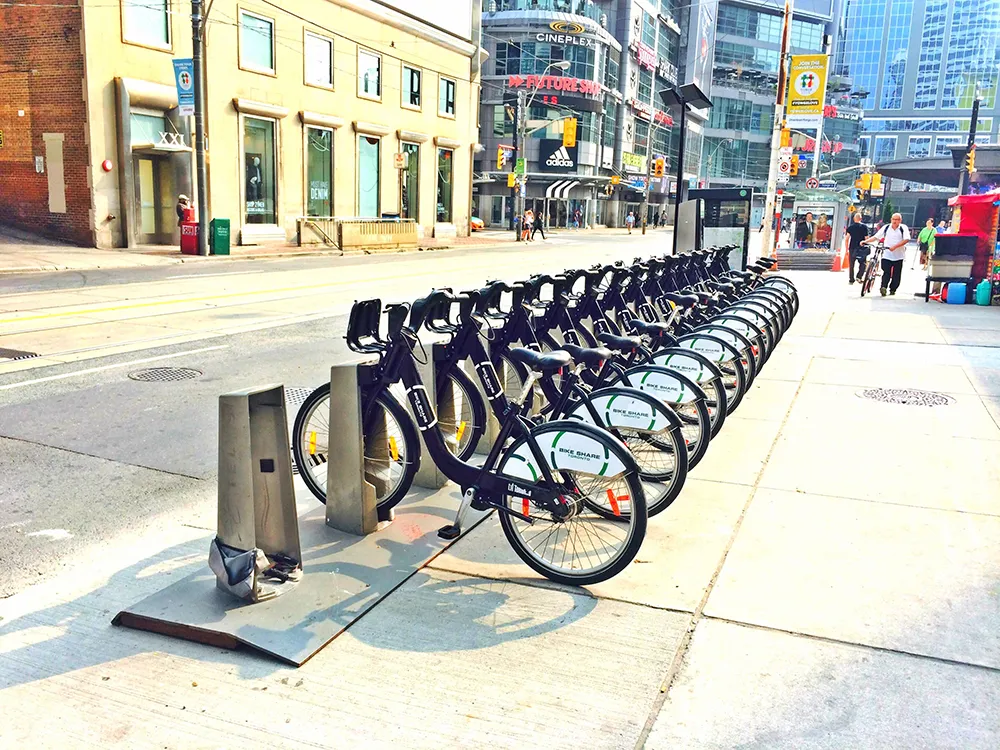According to a new report by IDTechEx Research, Industrial and Commercial Electric Vehicles on Land 2017-2027, today’s industrial and commercial sector represents 60 per cent of the value of the whole electric vehicle market, and it is set to grow 4.5 times in the next decade. Industrial electric vehicles make industry more efficient and commercial electric vehicles reduce congestion. Both of them greatly reduce pollution and align closely with government objectives concerning industry and the environment,
December 9, 2016
Read time: 2 mins
According to a new report by 6582 IDTechEx Research, Industrial and Commercial Electric Vehicles on Land 2017-2027, today’s industrial and commercial sector represents 60 per cent of the value of the whole electric vehicle market, and it is set to grow 4.5 times in the next decade. Industrial electric vehicles make industry more efficient and commercial electric vehicles reduce congestion. Both of them greatly reduce pollution and align closely with government objectives concerning industry and the environment, yet they minimally depend on subsidy, in contrast with some other electric vehicle types.
The market for electric industrial vehicles is already large because, by law, forklifts have to be electric when used indoors. Little growth remains in this market but outdoors almost all earthmoving and lifting vehicles use the conventional internal combustion engine. That is about to change dramatically because hybrid electric versions reduce cost of ownership and exposure to fossil fuel price hikes. Hybrids increasingly perform better as well, with more power from stationary, ability to supply electricity to other equipment and other benefits including less noise and pollution. Another industrial trend is for use of EVs to replace slow or dangerous manual procedures.
The report covers buses, trucks, taxis, forklifts, agricultural, mining, earthmoving, airport GSE and other electric vehicles. It provides technical and market trends for these whether hybrid or pure electric, putting it in the context of electric vehicles overall. The report includes ten-year forecasts for units sold, unit price and market value divided by over 20 categories of industrial and commercial vehicles for land, water and air. There are the activities of many manufacturers of the vehicles and their components. It also looks at the challenges, successes, regional markets and performance of the vehicles, and provides future technological development roadmaps.
The market for electric industrial vehicles is already large because, by law, forklifts have to be electric when used indoors. Little growth remains in this market but outdoors almost all earthmoving and lifting vehicles use the conventional internal combustion engine. That is about to change dramatically because hybrid electric versions reduce cost of ownership and exposure to fossil fuel price hikes. Hybrids increasingly perform better as well, with more power from stationary, ability to supply electricity to other equipment and other benefits including less noise and pollution. Another industrial trend is for use of EVs to replace slow or dangerous manual procedures.
The report covers buses, trucks, taxis, forklifts, agricultural, mining, earthmoving, airport GSE and other electric vehicles. It provides technical and market trends for these whether hybrid or pure electric, putting it in the context of electric vehicles overall. The report includes ten-year forecasts for units sold, unit price and market value divided by over 20 categories of industrial and commercial vehicles for land, water and air. There are the activities of many manufacturers of the vehicles and their components. It also looks at the challenges, successes, regional markets and performance of the vehicles, and provides future technological development roadmaps.









